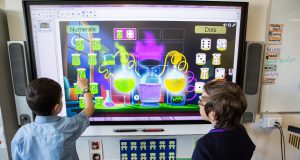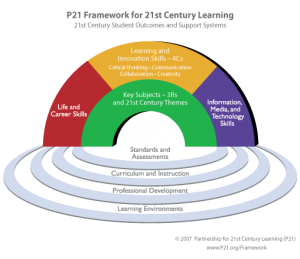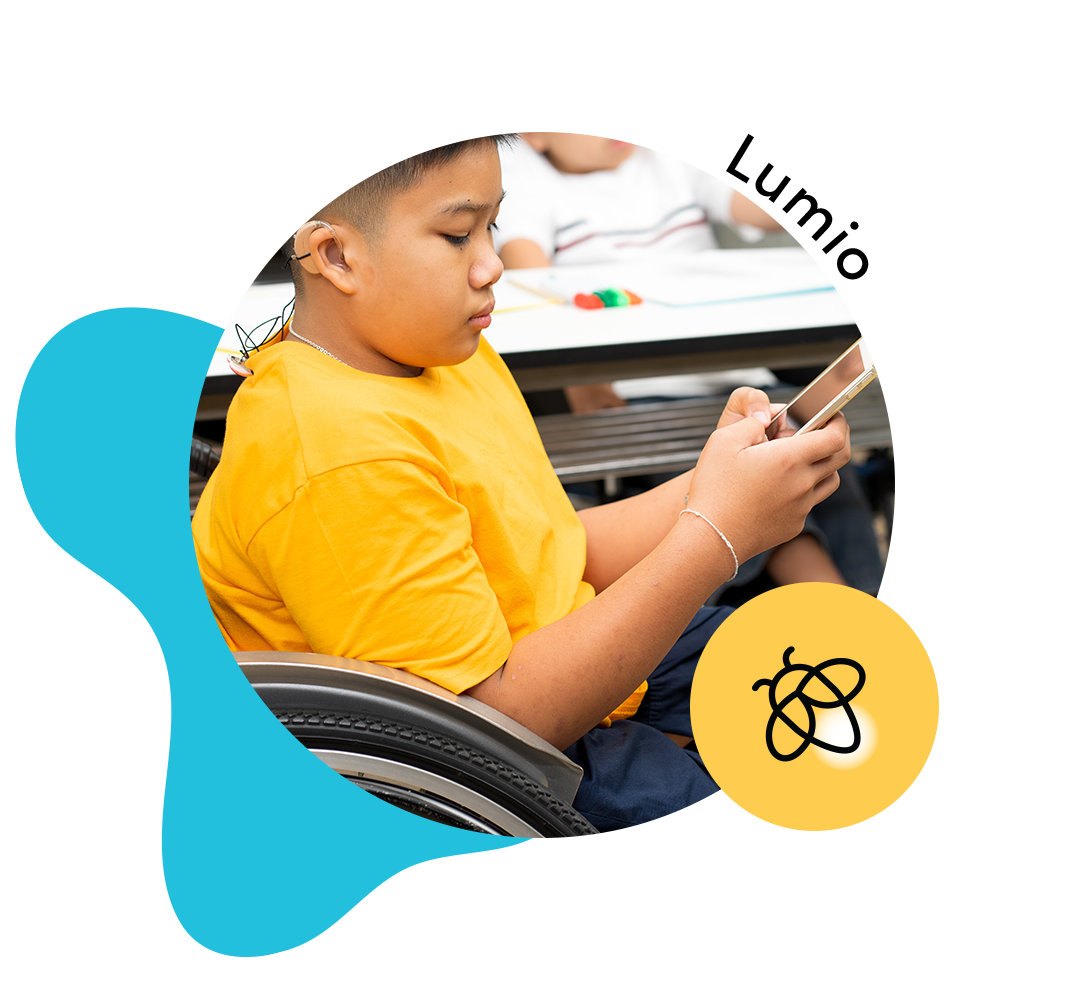In Part I of this post, I talked about the lessons we learned as we brought gamified learning to classrooms at scale, providing support for teachers and making it easier for them to use games in class. This time I’ll cover the other half of what we learned in doing this: the many interesting and fun ways to engage learners.
Engaging Learners
Put fun first
For some, this first insight may still be a bit provocative and for many it will be expected. We believe along with most teachers that learning can indeed be fun and that when it is, we all have a better chance to develop lifelong learning skills as well as strong foundations in the areas learners need for the 21st century.
Today’s learners are digital natives. We did extensive research on learners in Generation Z and found a number of factors that point to why gaming in the classroom is valuable. To this generation of digital natives, gaming is core. They are also socially hyperconnected and multi-dimensionally stressed.
Games incorporate game mechanics and other elements that address these aspects of Gen Z and that elevate the traditional classroom experience. Most kids play games every day. Games provide a “language” of sorts that connects fun and learning. Fun is important to us because, as we found in external research and our own research, there are some significant benefits beyond simple engagement.
Fun helps diminish stress. It provides a safe environment where learners can make mistakes and that’s a key part of learning. Kids learn some amazingly complex skills through fearless play in games for entertainment, and we can make that work in learning as well.
Games are multi-sensory and multi-dimensional. They often employ game mechanics that allow players to play and learn in different ways. As Jensen notes, these types of rich environments make use of the brain’s plasticity and can engage learners at many levels.
The immersive environment that games provide and the suspension of disbelief they engender can actually heighten attention, drive, and memory, according to Salen and Zimmerman. These are strong mechanics for learning.
Of course, many teachers can make learning fun without involving games. Games do offer an easy way meet learners in this generation “where they are” though. And things that resonate with the learners are more likely to be adopted (and asked for repeatedly).

Respect kids’ abilities
Gen Z kids are smart and opinionated. They don’t like being talked down to or have things “dumbed down.” They want transparency. They are used to playing games, often competitive, and so, for example, want to know where they stand in an activity. They don’t need teacher or parent “interpretation.” They can do much more than we adults often give them credit for, such as helping set up, maintain and run tech in class. Their abilities are a force to be harnessed. Their opinions are direct, clear and a force to be listened to. In doing so, we make it much easier on teachers in general. And that scales in the classroom.
I fondly remember, in a painful sort of way, my first time working with kids and games. They told me, very bluntly, that part of my design was “stupid.” En masse. It was some of the clearest, direct, and helpful feedback I’ve gotten in my many years of doing design. I’ve also found that gamers of any age are equally direct. Imagine kids who game. We now count on that honesty to improve our products. And as teachers know, when we open the door to learners’ opinions and abilities, it becomes much easier to scale learning of any kind, including game-based learning.
Empower collaboration
Digital natives are particularly social creatures and classrooms have embraced collaboration for a while now. In this context, “social” is in-person (vs. digital). In-person collaboration is a powerful dynamic in learning, and in games.

Collaboration is also one of the key “Four Cs of 21st Century Learning”. These are four skills that have been identified by the United States-based Partnership for 21st Century Skills (P21) as the “most important skills required for 21st century education.” (And as a side note, the other 3 skills – communication, critical thinking, and creativity – also factor into gaming).
Collaboration is a key factor in Social Emotional Learning (SEL) as well. SEL is the process through which children and adults acquire and effectively apply the knowledge, attitudes, and skills necessary to understand and manage emotions, set and achieve positive goals, feel and show empathy for others, establish and maintain positive relationships, and make responsible decisions. It’s true that some entertainment games in a digital environment can foster “bad behavior” in this area. However, teachers who mentor learners’ use of games in class with a physical collaboration element can not only help promote good behavior in games but also help foster good SEL skills in general.
Enable competition
Healthy competition is good. Not all kids enjoy competition, but many do, and most are used to it in the entertainment games they play.
Competition, particularly between teams of learners, combines both collaboration and competition in a high-energy learning experience that provides a lot of learning benefits. One example is that it increases intrinsic motivation when it focuses on purposeful processes instead of just focusing on an award at the end. Teachers have known about this and have been bringing competition into the classroom for a while, but it can be time-consuming to set up such competitive activities. Games are a natural (and easy) way to facilitate it at scale.
We designed SMART lab to include games and game elements that allow learners to collaborate and compete physically at an interactive flat panel, together in groups away from a board, or individually but connected. And we did it in a way that removes much of the work on the teacher’s part. Teachers simply need to provide their own content.
Let learners use their own devices
It can be very empowering when kids are given their own devices. This helps enable autonomy and agency; traits which are key factors in self-motivated success. Tactically, learners are often much better at managing their own devices (and others!) than a teacher and are very willing to do so. This gives the teacher the ability to scale activities to larger groups of learners and manage a whole-class activity that might otherwise be daunting on any regular basis. And our goal is to easily enable gaming in the classroom as a regular occurrence.
One of many teachers who helped us evaluate SMART lab noted that, “The incorporation of technology really brightens the day and gets all involved on an even playing field. Learners feel more confident being able to use their devices instead of being at the board in front of the entire class.”
Our vision at SMART is to inspire greatness in every learner. I and my user experience team along with our developers, product managers, engineers, and marketers continue to look for new and exciting ways to do this. We have found gaming in the classroom to be one very engaging way and that’s why we’ve worked hard to create a set of tools that allow teachers to bring gaming to classrooms without the superhero effort it has taken in the past.
Many of our teachers are now taking this approach even further and helping their learners create games. This is not only one of the next frontiers to bringing games to classrooms at scale, but it’s an incredible way to inspire greatness. Stay tuned.







